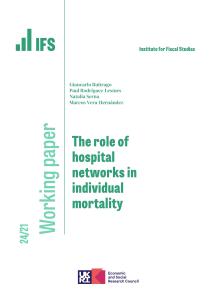Abstract
Purpose: To determine the prevalence and trajectory of physical activity levels in people before and after total hip (THA) and total knee arthroplasty (TKA).
Materials and methods: An analysis of the English Longitudinal Study of Ageing (ELSA) (2004/2005–2014/2015) cohort study, a prospective study of community-dwelling older adults. Two hundred and one people who received a THA or TKA for the management of osteoarthritis were identified. Physical activity was assessed through the frequency of engagement in sedentary, mild, moderate and high physical activity levels pre-operatively, during the recovery phase and a minimum of 2 years’ post-operatively.
Results: There was a statistically significant decrease in physical activity from the pre-arthroplasty phase to the operative-recovery phase (p < .01), and a significant increase in physical activity from the operative-recovery phase to final follow-up (p = .05). However, overall there was no significant change in physical activity from pre-operatively to final follow-up where prevalence altered from 8% (95% confidence intervals (CI): 5–12%) to 13% (95% CI: 9–18%) (p = .15). Increasing age, male gender and greater depressive symptoms were explanatory variables associated with physical inactivity (p < .02).
Conclusions: Physical activity does not increase following THA or TKA. A proportion of the arthroplasty population remains physically inactive.








